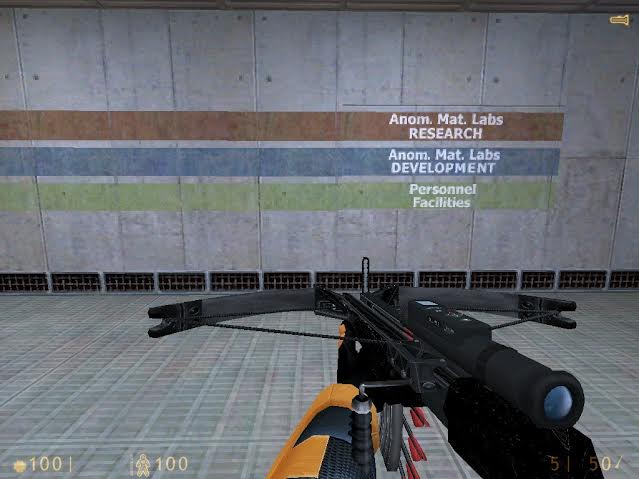


Longshoremen work alongside massive robots to unload and reload ships, including a terminal called the TraPac that is nearly fully automated with three-story-high robot cranes that move containers within the port.

As of 2020, a third of the port is fully automated. In Los Angeles, the dockworkers work in one of the most heavily automated ports in the world. The ports in Los Angeles and Long Beach are responsible for about half of US imports. Longshoremen represent a crucial part of the complicated dance that makes up the global supply chain. "The longshoremen in TraPac's cranes are real-life examples of the science fiction staples of pilots in giant mechanized suits, except that instead of battling city-destroying Kaiju, they rise each morning to cooperate with equally tremendous seaborne giants transporting consumer goods from one continent to another," Mims writes. But, Mims contextualizes the workers' high pay within the scope of the ILWU's strength, as well as the skill and danger associated with the job. The workers receive nearly three times as much money as the average dock worker in the US, according to data from Glassdoor which lists the average salary as $36,710 a year. In the book, "Arriving Today: From Factory to Front Door - Why Everything Has Changed About How and What We Buy," Mims breaks down how goods travel from Asia to the US.
HALF LIFE BLUE SHIFT LOADING DOCK FULL
The over 7,000 longshoremen represented through the International Longshore and Warehouse Union (ILWU) that work at the Southern California port are paid over $100,000 a year and receive free health insurance and full pensions, according to a new book from The Wall Street Journal's Christopher Mims. Dock workers at the Port of Los Angeles have one of the highest-paying blue-collar jobs in the US.


 0 kommentar(er)
0 kommentar(er)
